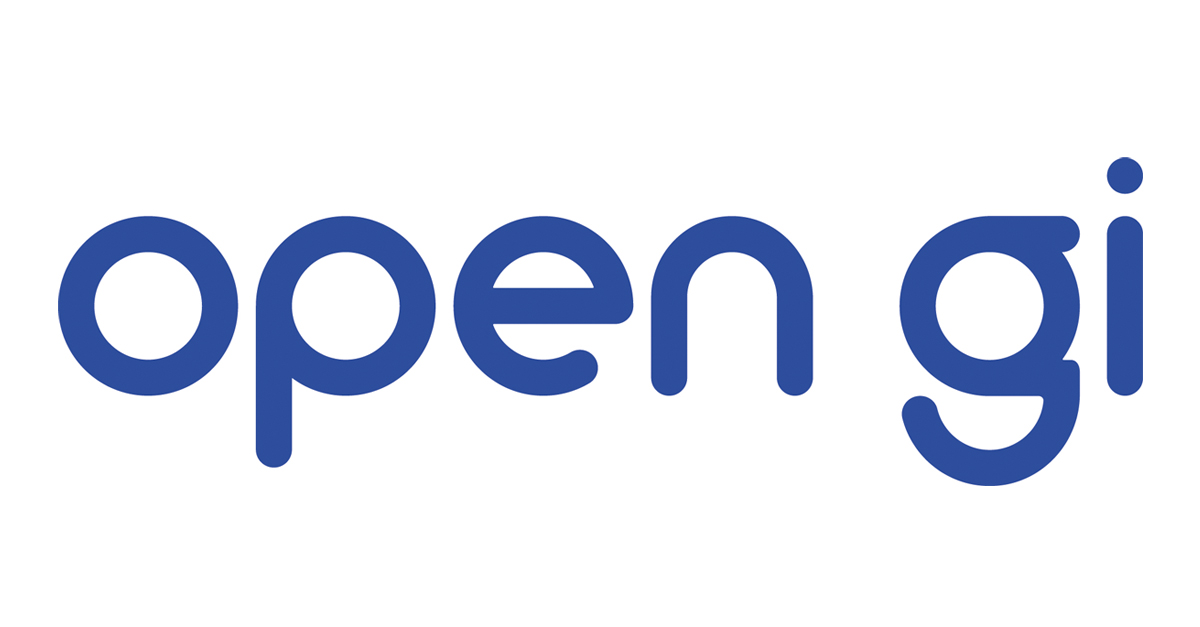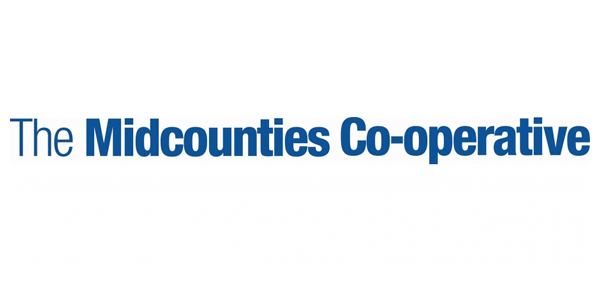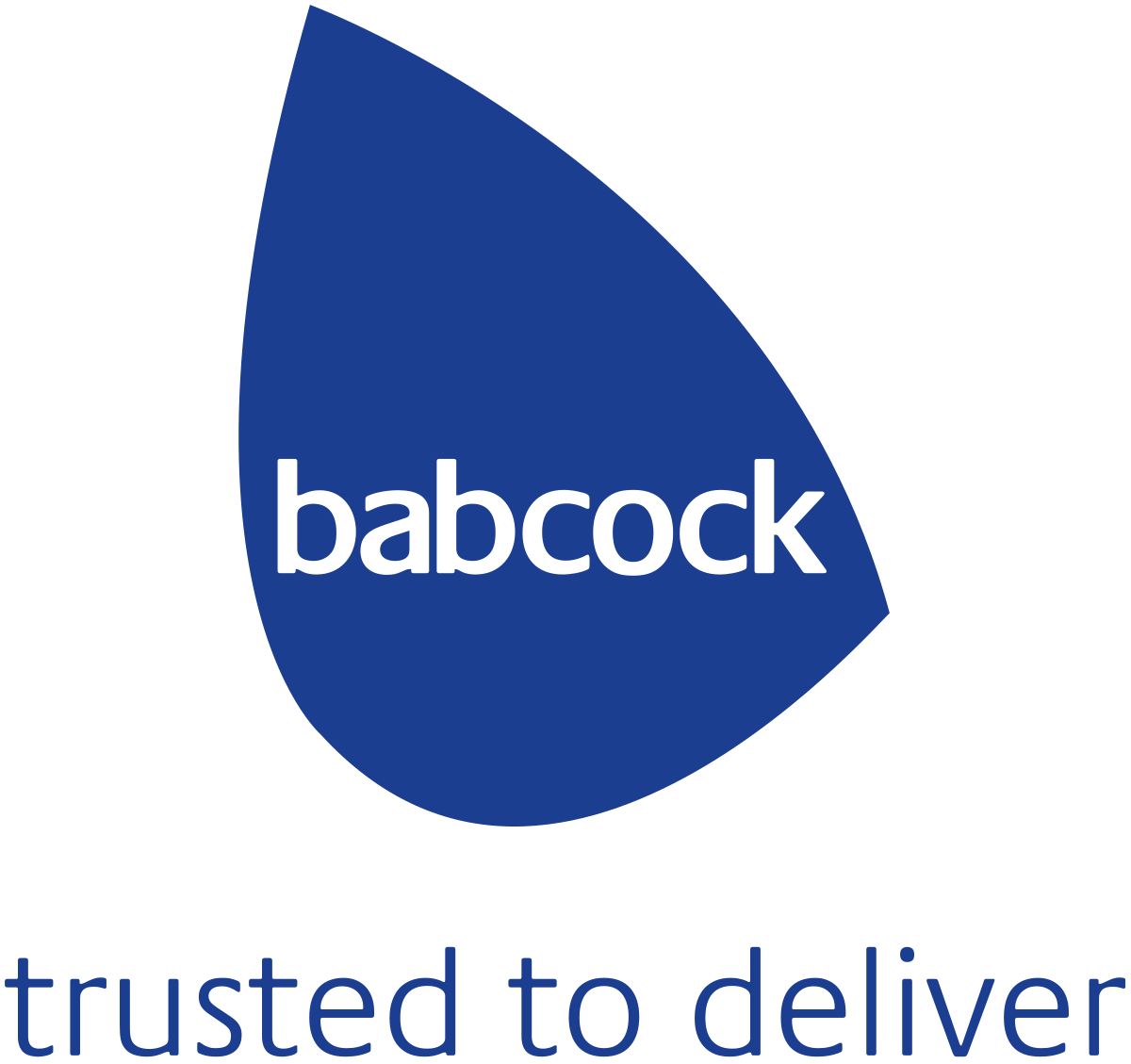

Where There’s One, There’s More
When I used to deliver projects and programmes (back when that was the day job), I was always on the lookout for risks and issues. Stands to reason, right? A risk is something that could affect your project if it were to become reality, becoming issues. As you’ll know, we should care about these things.
When a risk turns into a tangible impact, it becomes an issue, needing to be dealt with. When unexpected issues arise, the reaction is often to look at it in two ways. One – how do we stop this happening again? And two – how do we fix this particular problem? So far, so straightforward.
For me, however, this two–fold approach misses one significant aspect. We ask two questions upon encountering a problem: Has it happened previously? And did we miss it? People often remember me due to my saying surrounding risks and issues – “Where there’s one, there’s more.” The phrase was coined to encourage people to look for what they might have missed.
My concern was always that we may have been lucky spotting something the first time it happened, but couldn’t be sure that this was the case. When something happened that affected us, I wanted my teams focussed on three things:
- How do we fix this problem?
This one is straight forward – people jump straight into putting a fire out. We’re naturally good at it as humans and people understand why they need to do this.
- How did it happen – can we stop it happening again in the future?
In my experience, the people doing the work need to be encouraged to look a little at this. The view is often, “We’re not being affected by this issue, therefore we don’t need to worry about it.” And the people who do notice an impactful issue often want to get back to the “doing” – that is why we hired them – and it’s easy to forget that fixing a problem before it occurs is “doing” as well!
- And “Where there’s one, there’s more”
Are there any situations where this issue has happened in the past we are not aware of? If so, does something need fundamentally fixing in that area too?
This last point – to look back and determine if it has happened before – is important in lots of situations. Do ask yourself if you even care that it has happened previously. For example, an error in a database that’s yielded one bad record could be hiding a lot of other bad records. What is the consequence of this? If the answer is “very little,” then you can safely ignore it. But given this all started with a problem, you probably do care.
Time for a project example.
Imagine a phased release of a computer system. Upon the second release of the system, one test crashed when looking at one customer record. We looked at the customer record and identified that the address didn’t have a postcode recorded for it.
We can apply the three steps previously listed.
1 – How do we fix this problem?
We look at the record and identify the correct postcode and rectify it. It is the function of the team to rectify this, making it the simple part.
- How did it happen – can we stop it happening again in the future?
After some work, we find that when we enter customer records we do not mandate the postcode to be entered. Therefore, we change the computer programme to collect the postcode in ALL cases.
- “Where there’s one, there’s more”
If the system would allow a record to be added without a postcode AND that causes a crash in the system, then we need to identify ALL records without a Postcode and correct them. Otherwise, we will have future failings.
This idea of “Where there’s one, there’s more” has plenty of applications in other lines of work as well. In an operational, business as usual environment it is naturally important to look for this. But in sales it’s equally crucial to think about “where there’s more.” If you’ve solved a problem for one customer – are there other customers who could use the solution? And might they be willing to pay for it?
If you want to talk more about this meaningful concept, feel free to drop us a line at 01905 610600, or by filling in the form below.
Trusted By
Latest from our blog
Kanban and Agile: Bridging the Gap
Kanban and Agile: Bridging the Gap Quanta’s Kanban University Certified Trainer Steve Church explores the way in which Agile and…
Read More
How a Ballerina could move into Cybersecurity
Jason Ford, Quanta Cybersecurity and IT Trainer talks about the limitations in Cybersecurity Training courses. Jason discusses a safe and…
Read More
Boost Team Performance and Productivity: Unlocking the Advantages of Emotionally Intelligent Leadership
Quanta People Development and Leadership Trainer, Giles Collins outlines the key elements of Emotionally Intelligent Leadership and how it impacts…
Read More











